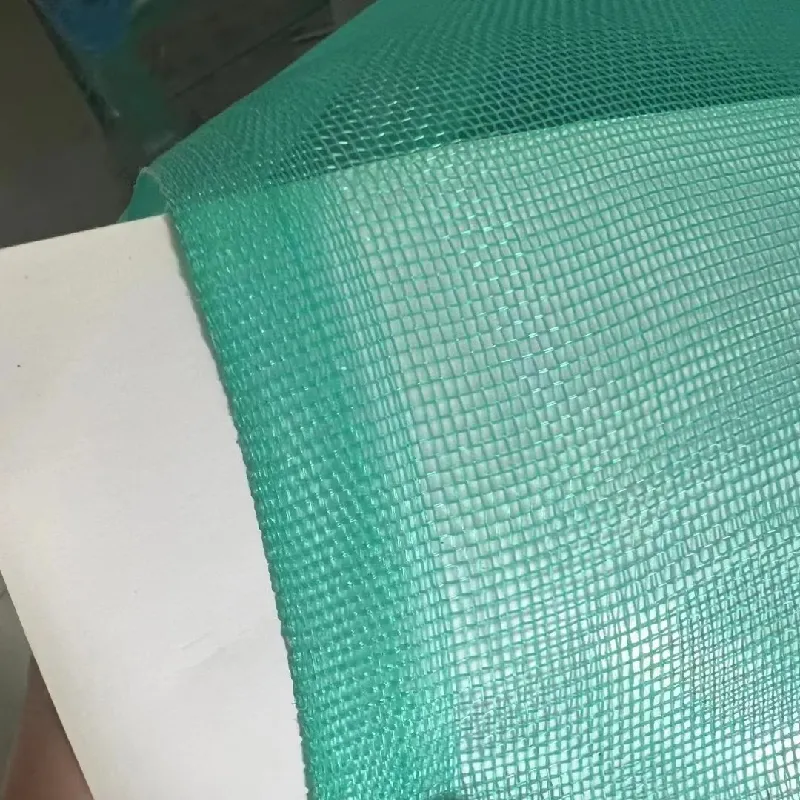-
 Afrikaans
Afrikaans -
 Albanian
Albanian -
 Amharic
Amharic -
 Arabic
Arabic -
 Armenian
Armenian -
 Azerbaijani
Azerbaijani -
 Basque
Basque -
 Belarusian
Belarusian -
 Bengali
Bengali -
 Bosnian
Bosnian -
 Bulgarian
Bulgarian -
 Catalan
Catalan -
 Cebuano
Cebuano -
 China
China -
 Corsican
Corsican -
 Croatian
Croatian -
 Czech
Czech -
 Danish
Danish -
 Dutch
Dutch -
 English
English -
 Esperanto
Esperanto -
 Estonian
Estonian -
 Finnish
Finnish -
 French
French -
 Frisian
Frisian -
 Galician
Galician -
 Georgian
Georgian -
 German
German -
 Greek
Greek -
 Gujarati
Gujarati -
 Haitian Creole
Haitian Creole -
 hausa
hausa -
 hawaiian
hawaiian -
 Hebrew
Hebrew -
 Hindi
Hindi -
 Miao
Miao -
 Hungarian
Hungarian -
 Icelandic
Icelandic -
 igbo
igbo -
 Indonesian
Indonesian -
 irish
irish -
 Italian
Italian -
 Japanese
Japanese -
 Javanese
Javanese -
 Kannada
Kannada -
 kazakh
kazakh -
 Khmer
Khmer -
 Rwandese
Rwandese -
 Korean
Korean -
 Kurdish
Kurdish -
 Kyrgyz
Kyrgyz -
 Lao
Lao -
 Latin
Latin -
 Latvian
Latvian -
 Lithuanian
Lithuanian -
 Luxembourgish
Luxembourgish -
 Macedonian
Macedonian -
 Malgashi
Malgashi -
 Malay
Malay -
 Malayalam
Malayalam -
 Maltese
Maltese -
 Maori
Maori -
 Marathi
Marathi -
 Mongolian
Mongolian -
 Myanmar
Myanmar -
 Nepali
Nepali -
 Norwegian
Norwegian -
 Norwegian
Norwegian -
 Occitan
Occitan -
 Pashto
Pashto -
 Persian
Persian -
 Polish
Polish -
 Portuguese
Portuguese -
 Punjabi
Punjabi -
 Romanian
Romanian -
 Russian
Russian -
 Samoan
Samoan -
 Scottish Gaelic
Scottish Gaelic -
 Serbian
Serbian -
 Sesotho
Sesotho -
 Shona
Shona -
 Sindhi
Sindhi -
 Sinhala
Sinhala -
 Slovak
Slovak -
 Slovenian
Slovenian -
 Somali
Somali -
 Spanish
Spanish -
 Sundanese
Sundanese -
 Swahili
Swahili -
 Swedish
Swedish -
 Tagalog
Tagalog -
 Tajik
Tajik -
 Tamil
Tamil -
 Tatar
Tatar -
 Telugu
Telugu -
 Thai
Thai -
 Turkish
Turkish -
 Turkmen
Turkmen -
 Ukrainian
Ukrainian -
 Urdu
Urdu -
 Uighur
Uighur -
 Uzbek
Uzbek -
 Vietnamese
Vietnamese -
 Welsh
Welsh -
 Bantu
Bantu -
 Yiddish
Yiddish -
 Yoruba
Yoruba -
 Zulu
Zulu
mist net
Exploring the Impact of Mist Nets on Wildlife Conservation
Mist nets have emerged as an essential tool in wildlife conservation, particularly in the fields of ornithology and bat research. These fine, nearly invisible nets are designed to capture birds and bats for study, monitoring, and conservation purposes. The utilization of mist nets plays a crucial role in understanding the health of ecosystems and forms a fundamental aspect of research aimed at protecting various species.
What are Mist Nets?
Mist nets are comprised of thin, nylon mesh that is stretched between poles to create a barrier for flying animals. When birds or bats fly into the net, they become entangled without sustaining significant injuries. Researchers generally employ mist nets in strategic locations, such as near bodies of water, in forested areas, or within migratory paths, maximizing catch rates while minimizing any potential harm to the animals.
Importance in Research
The primary goal of using mist nets is to collect valuable biological data. By capturing birds and bats, researchers can gather crucial information about their health, population dynamics, migration patterns, and breeding behaviors. This information is vital for assessing the impact of environmental changes, habitat loss, and human activities on these species.
For instance, scientists conducting banding studies with mist nets can track individual birds over time, providing insights into their lifespan, migratory routes, and survival rates
. Such data contributes significantly to conservation strategies, helping to identify which species are at risk and deciding where to focus conservation efforts.Contributions to Conservation
mist net

Mist nets have proven invaluable in conservation initiatives. By identifying endangered or vulnerable species, researchers can develop targeted action plans, such as habitat restoration, establishment of protected areas, and public awareness campaigns. The data collected through mist netting informs legislation and policy-making, ensuring that conservation efforts are scientifically grounded.
Moreover, mist netting has played a pivotal role in assessing the impact of climate change on wildlife. By illuminating shifts in migratory patterns or changes in breeding timings, researchers can better understand how species are adapting—or struggling—to cope with a rapidly changing environment.
Ethical Considerations
While mist netting is a powerful tool for wildlife research and conservation, it is not without ethical considerations. The potential for stress and injury to captured animals necessitates responsible use of mist nets. Researchers must adhere to strict guidelines to ensure that the capture and handling of animals are as humane as possible. This includes using nets that comply with industry standards, ensuring that captures are promptly checked, and minimizing the time animals spend in captivity.
In response to these ethical challenges, many researchers have embraced best practices that include proper training in netting techniques, humane handling protocols, and ongoing monitoring of the welfare of captured species. These practices are essential for maintaining the integrity of research and safeguarding the wellbeing of wildlife.
Conclusion
Mist nets are far more than mere capturing devices; they are critical tools that enable researchers and conservationists to unlock the mysteries of wildlife ecology. Through careful and ethical use of mist nets, substantial advances are being made in understanding species behavior, assessing ecosystem health, and informing conservation strategies. As the challenges faced by wildlife continue to evolve—driven by climate change, habitat destruction, and human interaction—the role of mist nets in conservation is likely to remain pivotal. Ensuring that these tools are used responsibly and effectively will be essential for the continued effort to protect biodiversity and promote sustainable coexistence between humans and wildlife. By investing in mist net research, we lay the groundwork for a future where wildlife thrives, and ecosystems flourish.
-
Why Nylon Mesh Netting is Revolutionizing Industrial and Commercial ApplicationsNewsJun.13,2025
-
Reinventing Reliability with Construction Wire MeshNewsJun.13,2025
-
Protect Your Crops with High-Performance Agricultural Netting SolutionsNewsJun.13,2025
-
Premium Breeding Net Solutions for Modern AquariumsNewsJun.13,2025
-
Precision Filtration Solutions for Industrial and Commercial NeedsNewsJun.13,2025
-
Advanced Industrial Mesh Solutions for Every ApplicationNewsJun.13,2025











